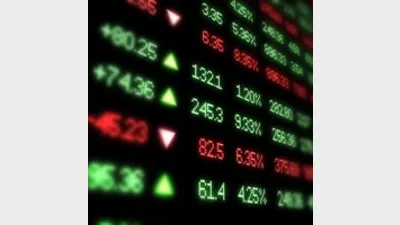iShares welcomes ASX changes to trading fixed income ETFs



Following changes made to the Australian Securities Exchange's (ASX's) Operating Rules, fixed income exchange traded funds (ETFs) can now trade in Australian markets.
Fixed income ETFs were previously only available overseas, until calls for a wider range of ETFs were made by issuers, investors and the ASX.
Commenting on the changes to fixed income AQUA products, ASX general manager equity markets Richard Murphy said the ASX has worked closely with the Australian Securities and Investments Commission on the development of the new rules.
"We are pleased to offer a framework that will provide a mechanism for both retail and institutional investors to gain efficient access to fixed income assets with the benefit and security of trading on the exchange," Murphy said.
"We expect to see fixed income products, such as government bond ETFs, quoted on the ASX in the near term, which will fill a gap in the existing asset classes of equities, currencies and commodities which Australian ETFs are currently quoted over."
Fixed income ETFs have proven popular overseas due to their reliability, liquidity, transparency and cost effectiveness, said iShares Australia managing director Mark Oliver.
Oliver added that following the global financial crisis, the portfolio diversification that can be offered by fixed income ETFs has become increasingly appealing to self-managed super fund investors, direct investors, financial advisers and institutions.
Recommended for you
Ausbil is growing its active ETF range with an ESG product in collaboration with sister company Candriam.
Philanthropic investment group Future Generation’s CEO, Caroline Gurney, will step down from her role at the start of next year.
The newly combined L1 Group is expectant of stabilising Platinum’s falling funds under management within the next 18 months, unveiling four growth pathways and a $330 million equity raise.
Janus Henderson Investors has launched a global small-cap fund for Australian investors, which includes a 5.4 per cent weighting to Australian equities.











